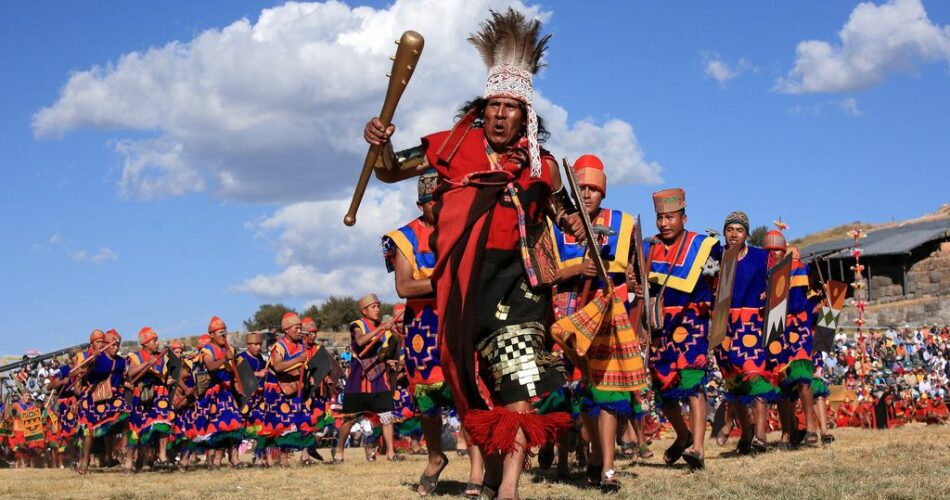The Incas are one of the most interesting civilizations in the history of mankind. The Inca Empire was the largest pre-Colombian civilization in both North and South America. At its height, it covered a distance of approximately 3,200 miles (5,230 km) and had millions of citizens. Check out below to learn some more unknown facts about the Incas.
Macchu Picchu-The Unfinished Wonder
Despite the beauty of Macchu Picchu, one of the amazing facts about the Incas is that they never actually finished it. Its constructions began in the middle of the 15th century. However, due to sicknesses that plagued the Incas and because of the Spanish conquistadors, the native population was almost completely exterminated before the end of the 16th century.
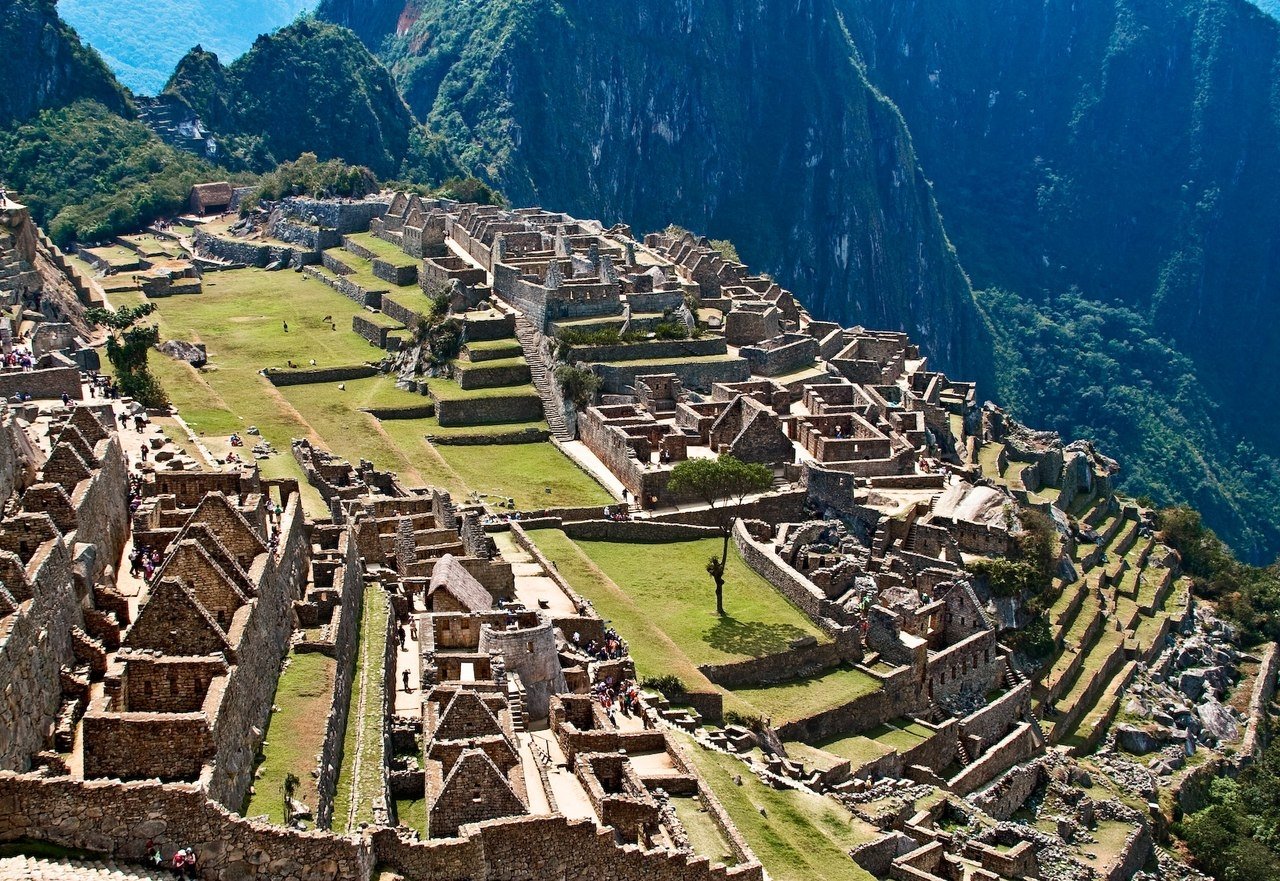
The Inca Trail
One of the most amazing facts about the Incas is that that despite building thousands of well-paved paths and roads, which reach even up to the highest peaks of the Andes mountain range, they never invented the wheel. In fact, they never even had access to it.
The Incas paved almost 18,000 miles of roads according to estimates. While compared to the ancient Romans who built over 50,000 miles of paved roads, this might not seem like a large number. However, it should be noted, that the average height for the Inca roads is 13,800 feet above sea level. This makes this ancient feat even more amazing.
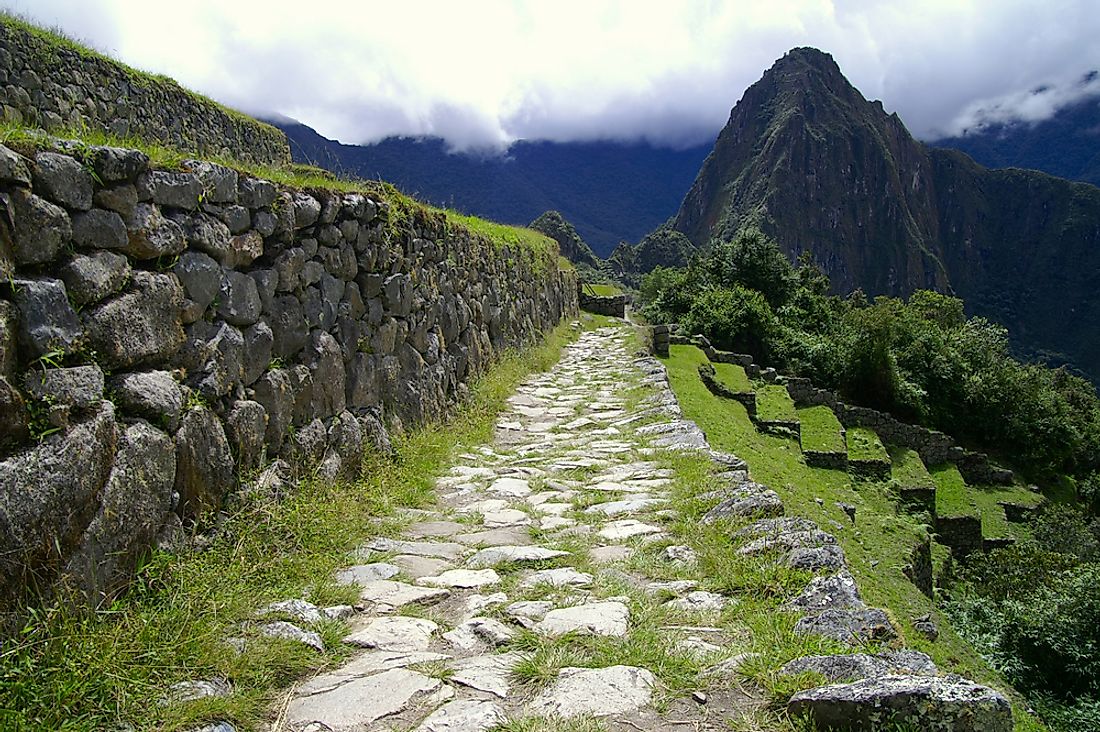
Education and Writing Systems
One of the most amazing facts about the Incas is that they never invented a writing system. This seems amazing, especially in light of their medical knowledge. Their sole method of passing their wisdom and information to the next generation was through the spoken word. However, they did invent a way to keep their records through quipu, a series of long and knotted strings. The Incas had also developed an interesting educational system, where the individual’s status played a major role in the kind of the education that they would receive.
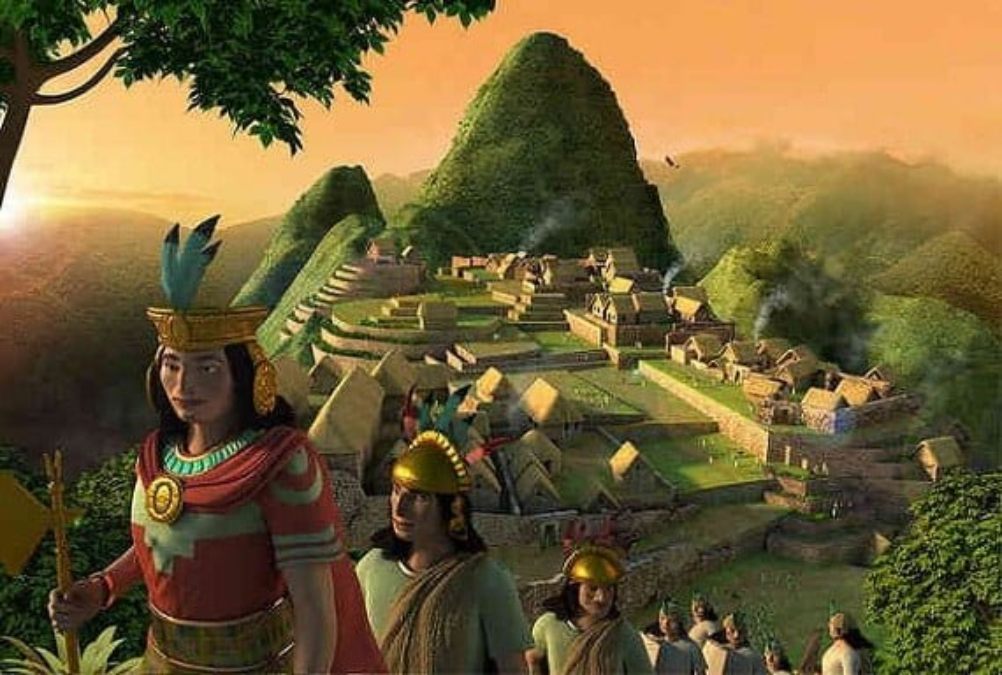
The Social Structure of The Inca Empire
The Inca society had a very clear social structure. At the head of it was the emperor or Sapa Inca who was responsible for taking care of his people. It was his responsibility to provide food and shelter to his people. Even though everyone in Inca society had to work very hard for their food, no one was homeless or hungry in the Inca Empire.
One of the most amazing facts about the Incas is that since people were well-fed and safe from the bad weather and the natural disasters, crime was virtually non-existent in the Inca Empire.
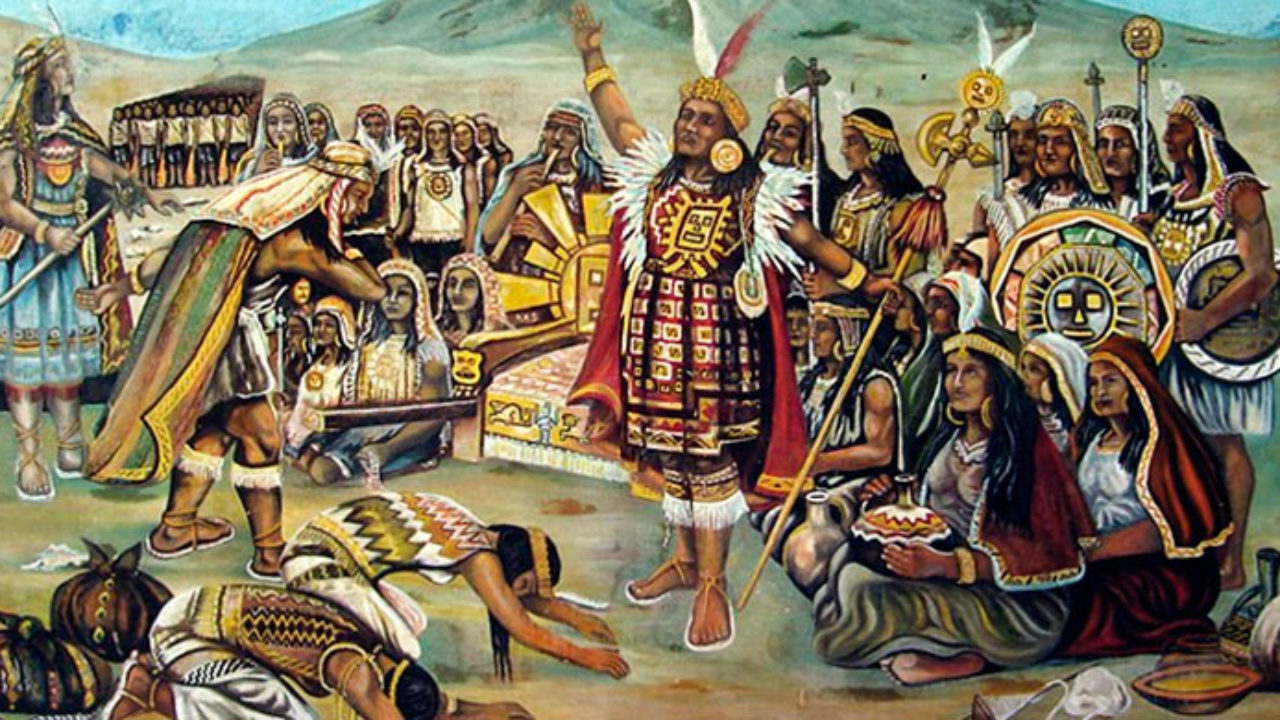
The Inca Language and Dialect
The native Quechua language was the main language of the Inca Empire. Millions of people still speak it. For example, there are 8 million speakers in Peru, 2 million speakers in Ecuador, and 1 million speakers in Bolivia. Quechua is actually an official language in both Peru and Bolivia. Furthermore, while you might not realize it, the language has had a great impact around the world. For example, the English language has incorporated many Quechua words, such as the names of the animals like the puma and the names of plants such as quinoa.
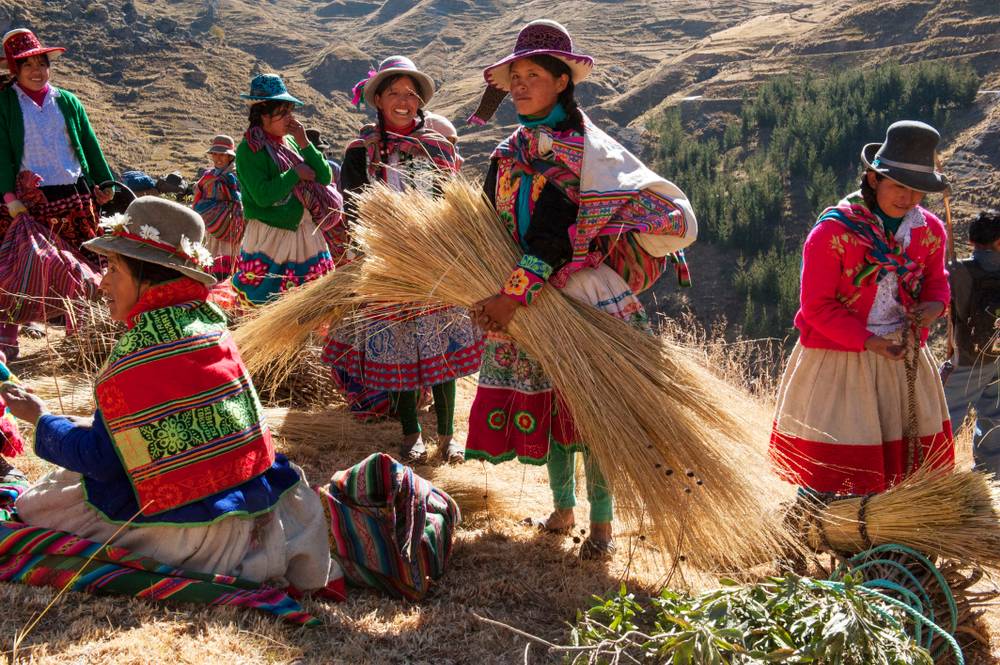
Inca Pottery
The Inca civilization excelled at the arts. This is best exemplified in their pottery making. Their pottery making is divided into two categories. The first is the ceramics for their religious or festive ceremonies. They crafted these with great care because they were for very special occasions. The second category were the ceramics for people’s daily and basic needs, like cooking and storing water or foods. They designed the pottery with the help of simple geometry, and they usually displayed images from animals or daily activities on them.
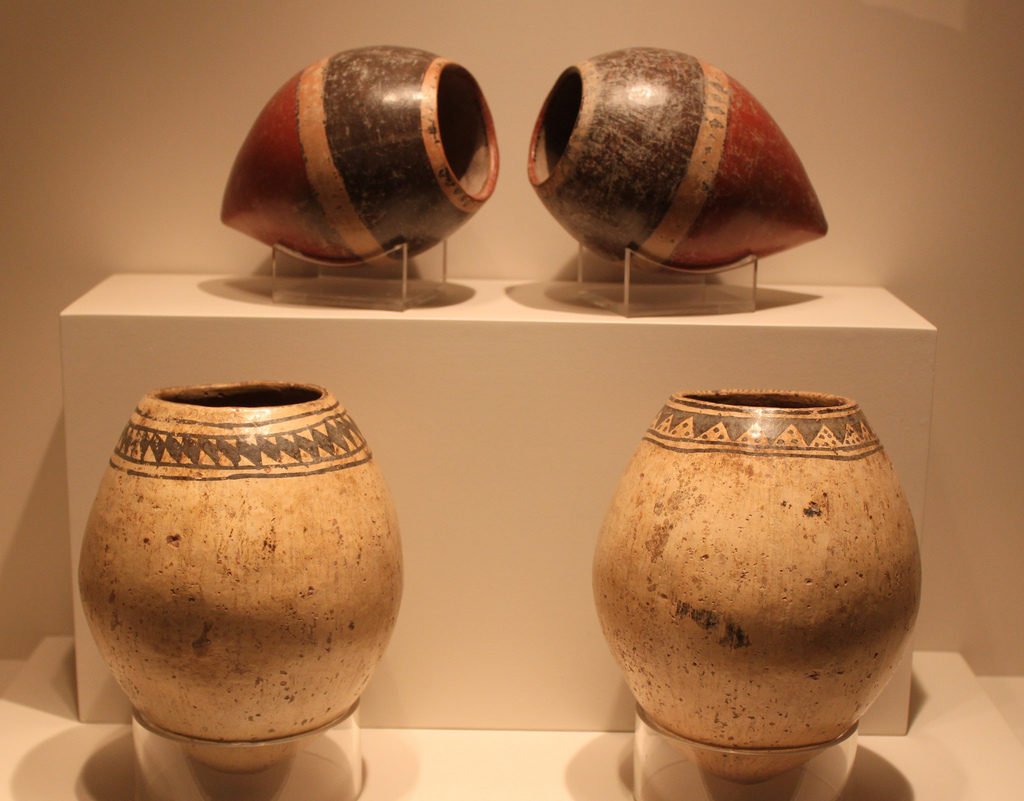
Their Cultural Beliefs
Archaeological findings clearly indicate that the Inca were firm believers in supernatural powers. They believed that these powers where in charge of everyday events including the weather, illnesses, or even if their crops would be successful. However, one of the amazing facts about the Incas is that they didn’t believe that they were completely helpless against these supernatural forces. The Inca religion believed that they had patron gods who would help them in their time of need.

